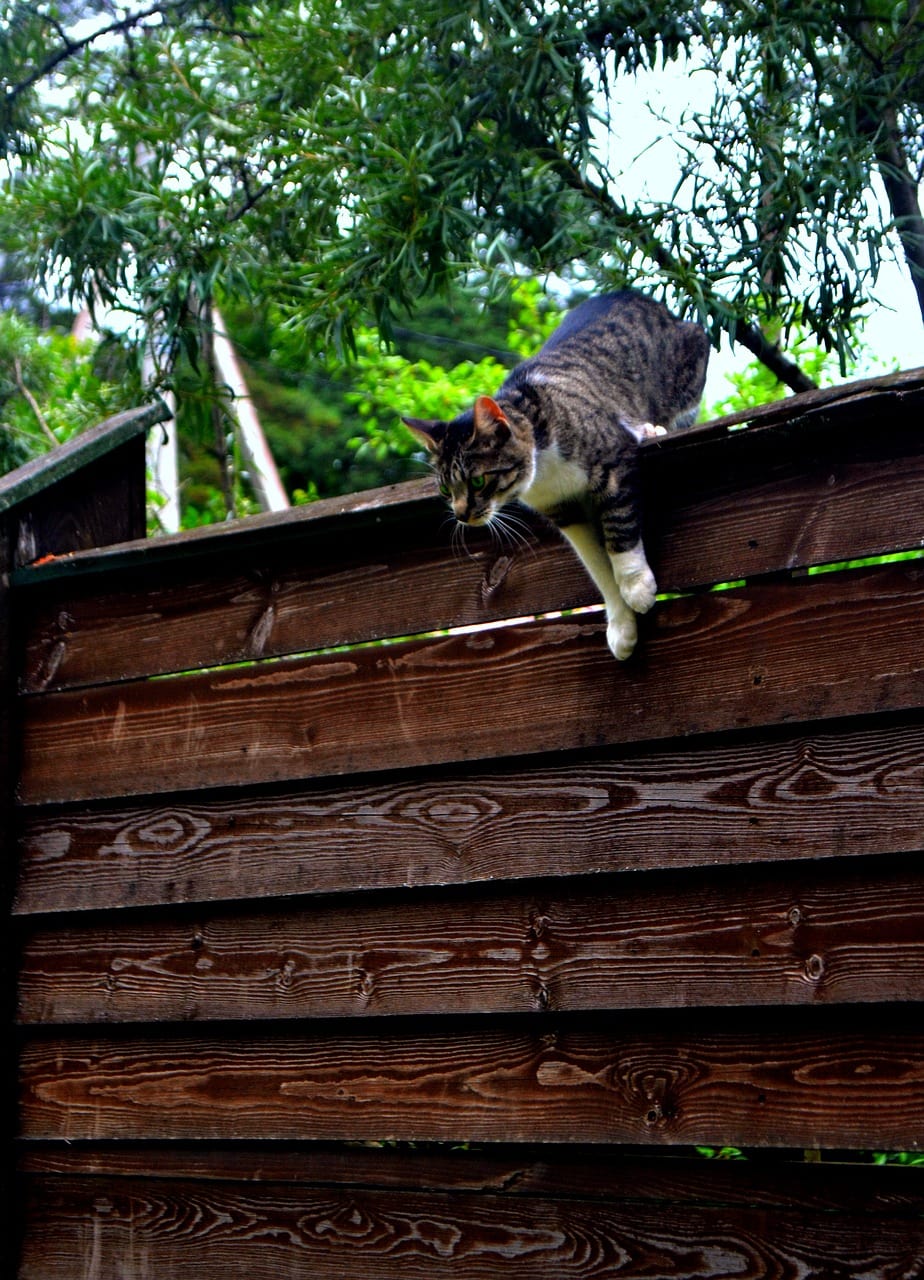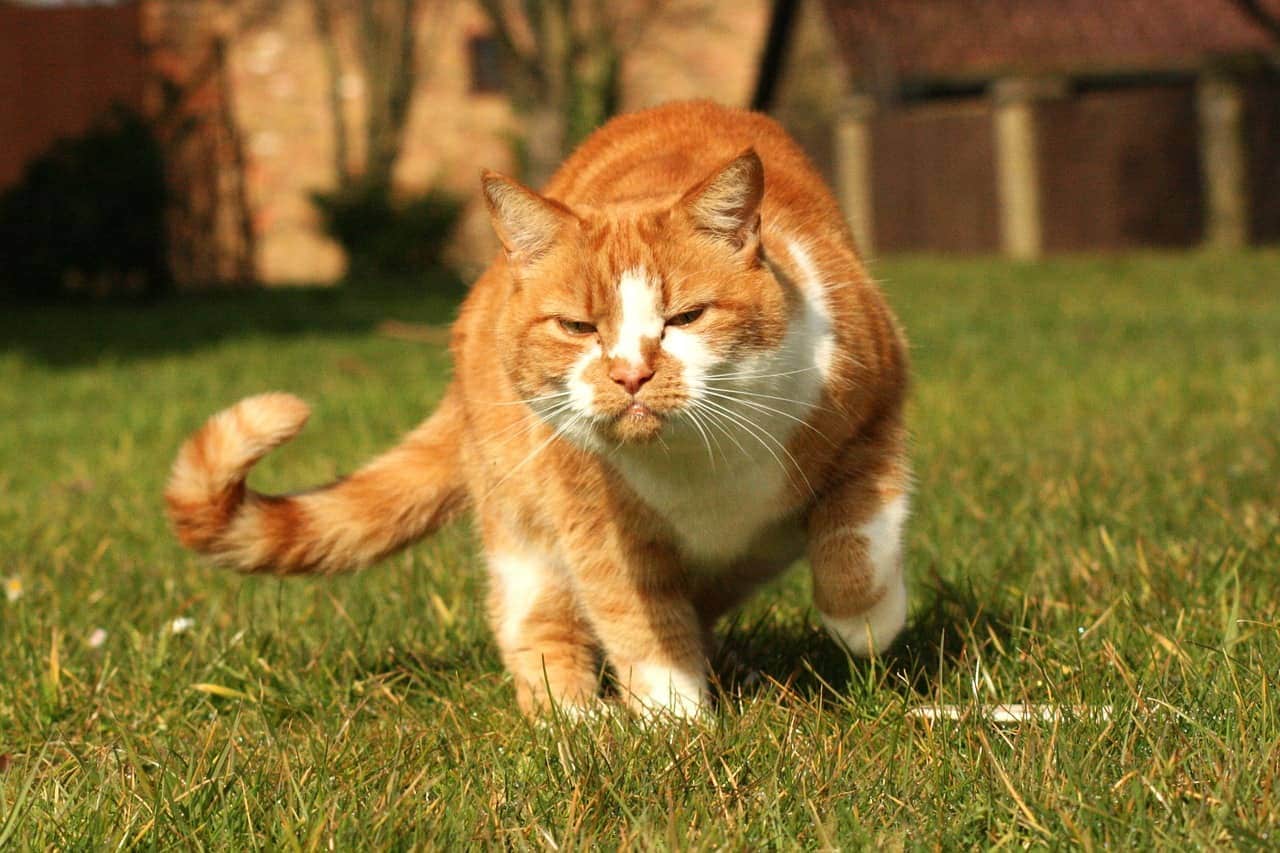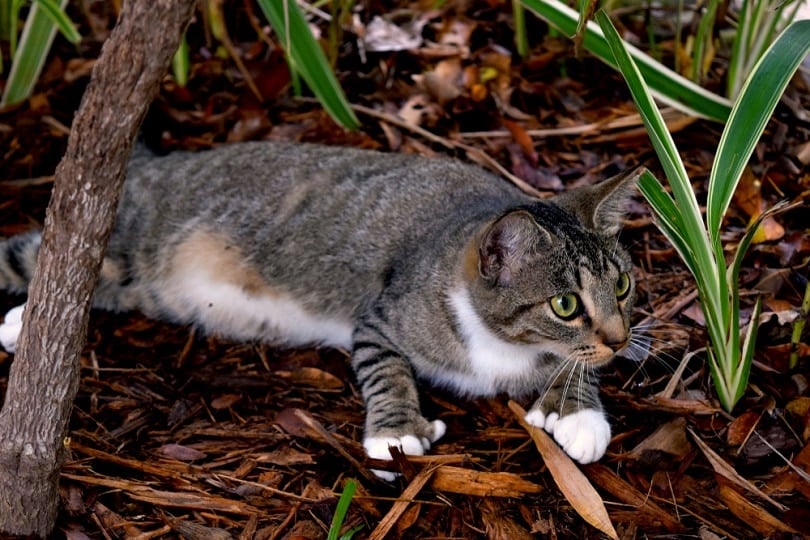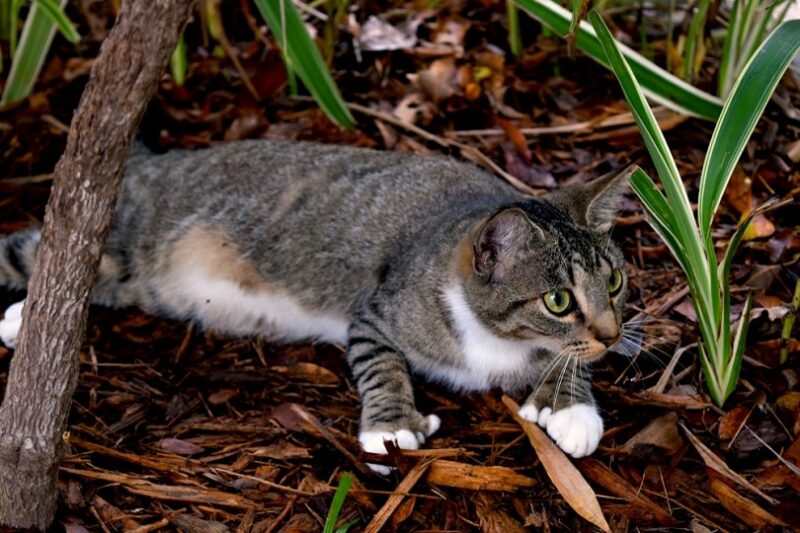The little wiggle that cats display before pouncing might be one of the most adorable things that you’ll observe as a cat parent. Whether your pet is stalking a live critter or a catnip-infused plush toy, before your cat gets down to the attack, there’s bound to be a bit of butt wiggling.
Big cats like lions and tigers get in on the action too: They wiggle their mighty hindquarters before pouncing on prey, just like your pet! While it’s a common prelude to an attack, some cats don’t bother with the wiggling preliminaries, preferring to simply crouch and spring.
No one is entirely sure why some cats wiggle before pouncing and others don’t. Nor is there consensus regarding why cats wiggle as a prelude to an attack at all. However, there are several theories, including one suggesting that cats wiggle their butts to test the ground before jumping. Read on to learn four common reasons that cats wiggle before they pounce.
The 4 Reasons Cats Wiggle Before They Pounce
1. Testing for Solid Ground

Cats only put weight on one paw at a time as they walk, leaving untested ground underfoot when they stop mid-stride. A cat getting ready to jump may use a wiggle or two to evaluate the floor under all four feet for firmness to ensure that there’s sufficient resistance to execute an intense pounce. Domestic cats are expert jumpers, with most able to spring more than 5 feet in a single pounce!
2. Balancing Themselves
The wiggle gives cats a chance to center and balance themselves. It also helps them determine how far they can jump from that surface. Cats have a fantastic sense of balance! But they aren’t just great at balancing themselves when it comes to pouncing; they’re also able to right themselves if they fall. Not only are cats incredibly flexible, which increases balance, but they’re also able to use their sensitive vestibular systems to right themselves while falling.
3. Preparing Their Muscles for Action

Tennis players jump up and down when waiting to receive a serve to keep their muscles alert and firing. Some animal behavioral experts suggest that the feline pre-attack butt wiggle may serve the same purpose for cats as bouncing up and down does for athletes. These quick movements may be your cat’s way of getting their muscles firing and ready to spring into action.
4. Releasing Dopamine-Related Energy
Cats’ brains release dopamine, a powerful feel-good hormone, when they hunt. As a result, energy courses through hunting cats’ bodies. That little butt shake may be evidence of a burst of dopamine-related energy designed to shift cats into turbo mode in the moments right before a kill.
Think of it as a sort of uncontrolled excitement that rushes through your pet’s body in anticipation of a successful kill. Indoor cats respond to these dopamine rushes by stalking teasers and rabbit-kicking their plush toys.
Final Thoughts
Seeing that adorable butt wiggle up close and personal is one of the best things about living with a cat. It’s sweet, endearing, and full of the wild effortless athleticism that cats bring into our homes.
Cats love to play by chasing, jumping, stalking, and pouncing, which explains why your pet wiggles their butt right before demonstrating mastery over their favorite plush toy. Playing with your cat in 10-minute sessions multiple times per day, as most veterinarians recommend, will give you plenty of opportunities to see the butt wiggle in action!
Featured Image Credit: LaurenMJohnson, Shutterstock











